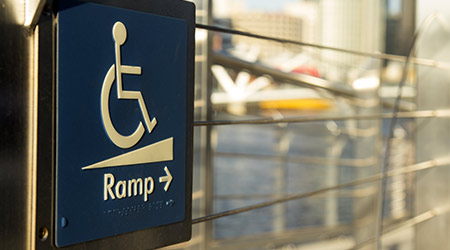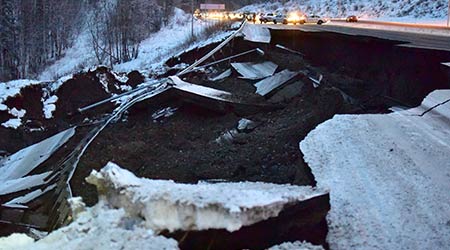
Accessibility Mapping Focuses on Facilities
December 6, 2018
How accessible are your facilities? For many facility managers, ensuring that institutional and commercial buildings are accessible is an important issue but one can become lost amid the many other daily challenges of maintaining and operating facilities cost-effectively and energy efficiently.
One result is that nearly 30 years after the enactment of the Americans with Disabilities Act, people with disabilities continue to run into unexpected impediments as they attempt to enter and move through facilities. Now a growing effort is under way to bring technology to bear and identify accessible facilities as a way to aid people with disabilities and the general public.
Accessibility mapping helps identify areas that provide access to individuals with disabilities, according to Forbes. Groups in cities all over the world from Nashville to Paris are taking part in so-called map-a-thons in which people to come together in a collective effort to track and document accessible locations on apps.
Companies such as Google have jumped into the accessibility mapping game. In 2017, Google Maps added a feature that allowed for individuals to provide information of wheelchair access for businesses in six select major cities.
Wheelchair access is only one of the many design features that can lead to the development of more accessible cities. Non-mobility disabilities such as sight, hearing, and chemical sensitivity are other factors that can inhibit accessibility. Mapping these areas of access remains an ongoing effort.
Dan Hounsell is editor-in-chief of Facility Maintenance Decisions, and Facilitiesnet.com.
Next
Read next on FacilitiesNet












